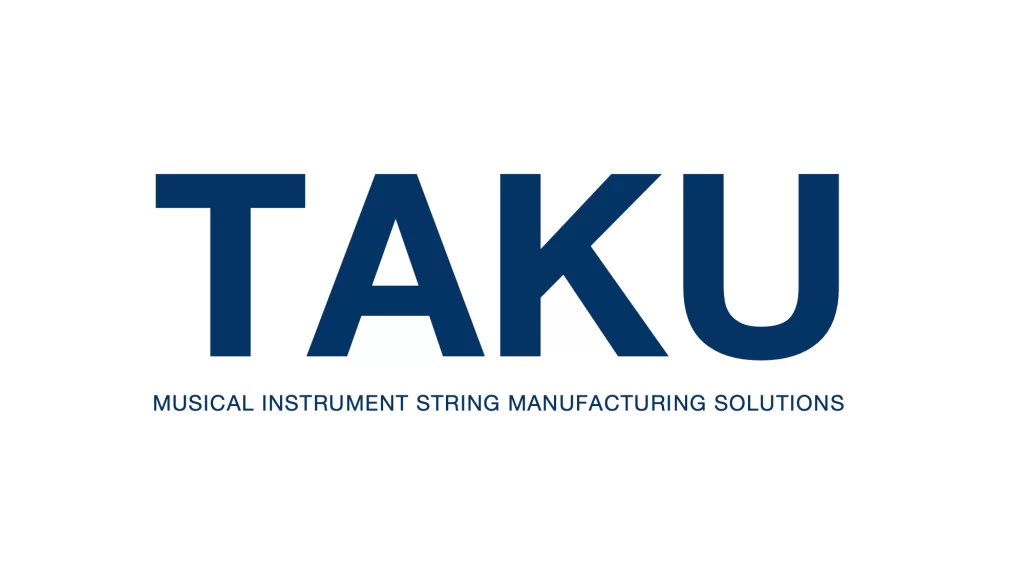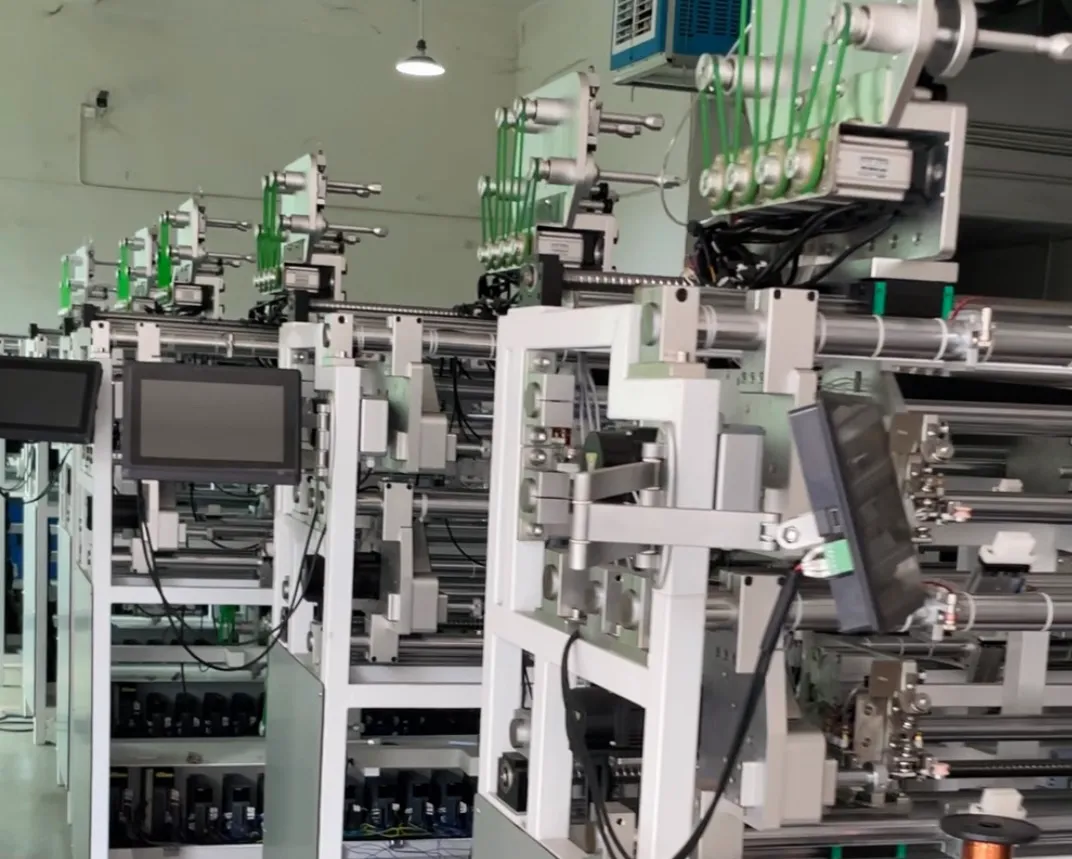Introduction:
In the highly competitive world of string manufacturing, optimizing production efficiency is essential for staying ahead of the curve. Efficient production processes not only reduce costs but also ensure higher quality and faster turnaround times. This article delves into six key elements that can help string manufacturers optimize their production efficiency, providing practical insights and strategies to enhance operational performance.
Automation and Robotics
Automation and robotics have revolutionized the manufacturing industry, and string manufacturing is no exception. By incorporating automated machinery and robotic systems, manufacturers can significantly reduce manual labor and increase precision. Automated processes such as winding, cutting, and packaging can operate continuously, ensuring consistent quality and reducing the risk of human error. Investing in advanced automation technology can lead to substantial long-term savings and improved efficiency.
Lean Manufacturing Principles
Lean manufacturing principles focus on minimizing waste and maximizing productivity. By adopting lean practices, string manufacturers can streamline their operations, reduce unnecessary inventory, and improve workflow. Techniques such as value stream mapping, 5S, and just-in-time (JIT) production can help identify inefficiencies and eliminate bottlenecks. Implementing lean principles leads to a more organized, efficient, and responsive manufacturing environment.
Advanced Quality Control Systems
Quality control is crucial in maintaining high standards and reducing rework or defects. Implementing advanced quality control systems, including automated inspection and real-time monitoring, ensures that any issues are detected early in the production process. These systems can include vision systems, laser measurement tools, and statistical process control (SPC) software. Enhanced quality control not only improves product consistency but also reduces waste and production downtime.
Energy Efficiency and Sustainability
Energy consumption is a significant factor in production costs. By adopting energy-efficient practices and sustainable manufacturing methods, string manufacturers can reduce their environmental impact and lower operational costs. Utilizing energy-efficient machinery, optimizing heating and cooling systems, and incorporating renewable energy sources are some ways to achieve this. Additionally, sustainability practices such as recycling waste materials and using eco-friendly packaging can enhance a company’s reputation and appeal to environmentally conscious consumers.
Workforce Training and Development
A skilled and knowledgeable workforce is essential for efficient production. Investing in regular training and development programs ensures that employees are up-to-date with the latest technologies and best practices. Training programs can cover areas such as equipment operation, safety protocols, and lean manufacturing techniques. Empowered employees are more likely to contribute to continuous improvement efforts and help identify areas for further optimization.
Data-Driven Decision Making
Incorporating data analytics into the production process allows manufacturers to make informed decisions based on real-time data. Collecting and analyzing data from various stages of production can highlight inefficiencies and areas for improvement. Implementing Manufacturing Execution Systems (MES) and Enterprise Resource Planning (ERP) software can facilitate data collection and analysis, providing valuable insights for optimizing production schedules, inventory management, and resource allocation.
Supply Chain Optimization
Optimizing the supply chain is vital for ensuring that materials are available when needed without overstocking. Effective supply chain management involves collaborating closely with suppliers, implementing just-in-time inventory systems, and using predictive analytics to forecast demand accurately. By streamlining the supply chain, manufacturers can reduce lead times, lower inventory costs, and improve overall production efficiency.
Continuous Improvement Culture
Creating a culture of continuous improvement is essential for long-term efficiency gains. Encouraging employees to identify and suggest improvements, conducting regular performance reviews, and setting measurable goals can foster a proactive approach to optimization. Tools such as Kaizen events, Six Sigma methodologies, and root cause analysis can support continuous improvement efforts, ensuring that efficiency enhancements are sustained over time.
Conclusion:
Optimizing production efficiency in string manufacturing is a multifaceted endeavor that requires a strategic approach. By embracing automation, lean manufacturing principles, advanced quality control systems, energy efficiency, workforce training, data-driven decision-making, supply chain optimization, and a culture of continuous improvement, manufacturers can achieve significant gains in productivity and cost-effectiveness. These strategies not only enhance operational performance but also position manufacturers to better meet the demands of the market and drive long-term success.

